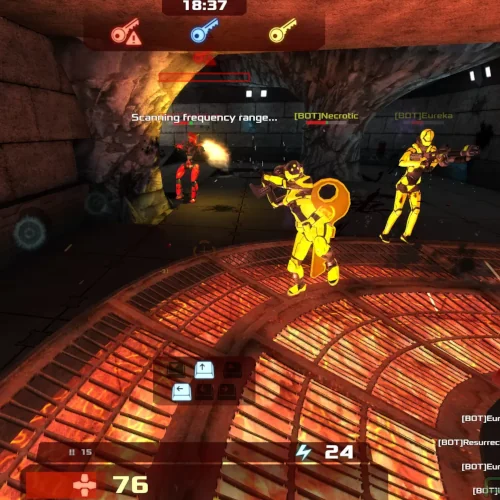Warzone 2100 Lands Vulkan Renderer, Adaptive V-Sync For 20+ Year Old Game

The open-source Warzone 2100 game not only has a Vulkan back-end that was merged today but also OpenGL ES 2.0/3.0 support for those wanting to relive this late 90's computer game on mobile/embedded devices having only GLES drivers.
Since August of 2019 has been this merge request working on the game's graphics code and adding the Vulkan back-end as well as initial support for OpenGL ES 2.0/3.0. The graphics back-end is made configurable via an option in the game's options area. Also fun is a new adaptive vsync option where supported too. Finally today that merge request was deemed ready and merged.
By default Warzone 2100 is still using an OpenGL 3.0+ core profile but with fall-back for OpenGL 2.1 compatibility. The Vulkan renderer works with Vulkan 1.0 implementations, including the Vulkan portability subset for targeting non-native platforms.
Fun seeing these graphics advancements for the open-source game considering how well this game has aged gracefully thanks to open-source contributors. Those wanting to learn more about the game in its current open-source form can visit wz2100.net. Windows and Linux builds with the latest graphics API support can be found via this comment.
4 Comments

